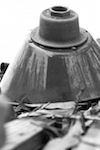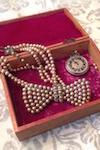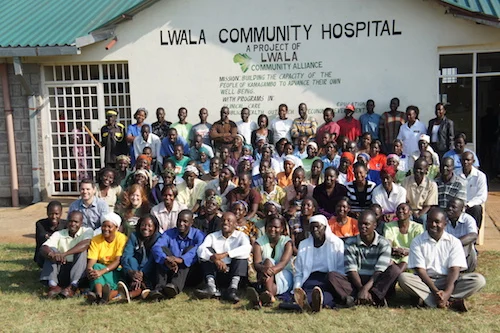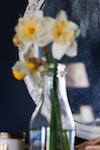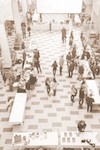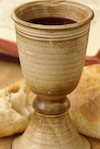 A hammock of flimsy web that should rip apart, but doesn’t. A hammock anchored to thin twigs that should break, but don’t. You climb in and hope it holds. I like to wonder about the nature of all this unseen support that offers not only the safety of the curl but the strength of the swing. I imagine the catch of angels; God’s infinite palm; the unknowable, immeasurable, yet nevertheless concrete woof and warp of divine will and presence.
A hammock of flimsy web that should rip apart, but doesn’t. A hammock anchored to thin twigs that should break, but don’t. You climb in and hope it holds. I like to wonder about the nature of all this unseen support that offers not only the safety of the curl but the strength of the swing. I imagine the catch of angels; God’s infinite palm; the unknowable, immeasurable, yet nevertheless concrete woof and warp of divine will and presence.
Then I look around.















